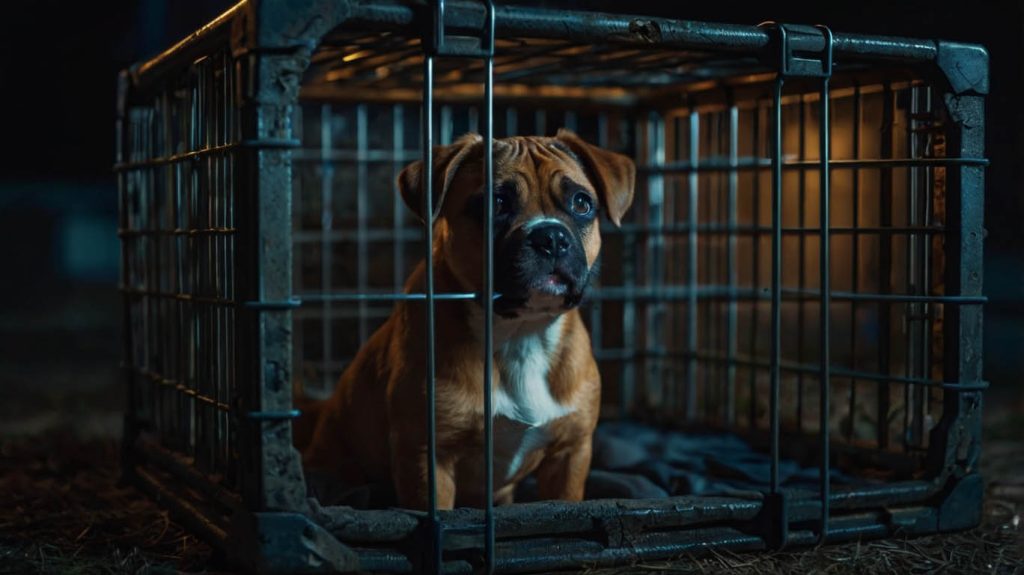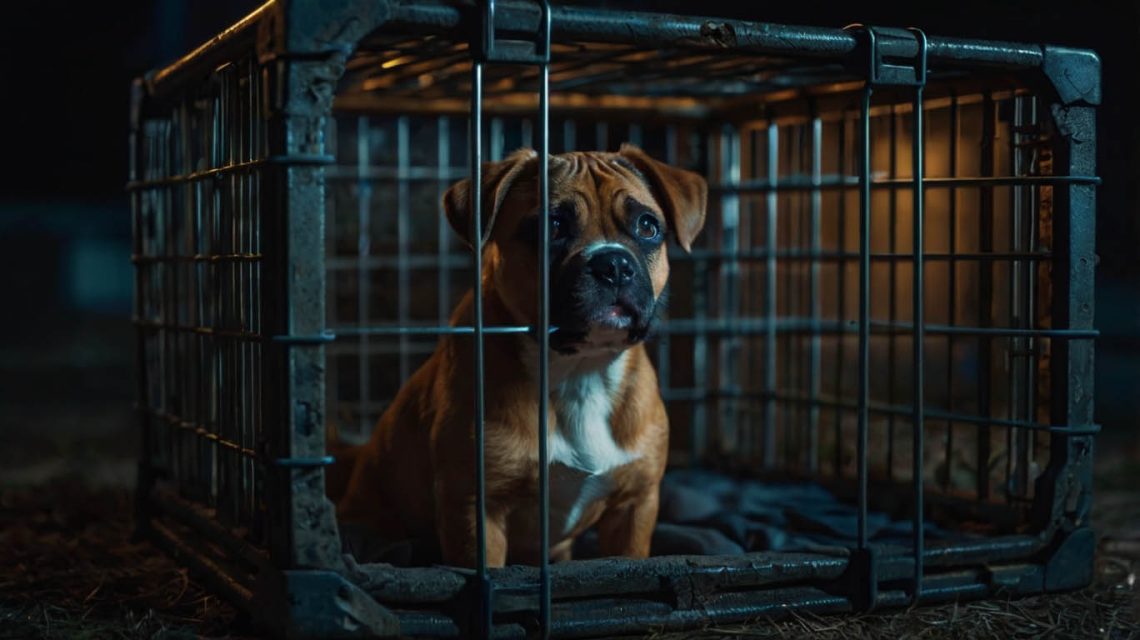You’ve welcomed a new puppy into your home, and everything seems perfect—until bedtime. Suddenly, whining echoes through the night, your sleep suffers, and you wonder if you’re doing it all wrong. If this sounds familiar, these expert crate training at night tips will help you navigate the challenges with confidence and compassion.
In this guide, we’ll explore exactly how to make nighttime crate training smooth for both you and your pup. You’ll also discover a real-life success story, common pitfalls to avoid, and step-by-step advice grounded in both canine psychology and practical experience.
Why Crate Training at Night Matters
Crate training is more than a convenience—it’s a crucial step in raising a well-adjusted dog. When done right, it becomes a source of safety, not punishment.
Key benefits of crate training at night include:
- Establishing a consistent sleep routine
- Speeding up potty training
- Preventing destructive nighttime behavior
- Encouraging independence and calmness
- Creating a secure environment for your dog
These crate training at night tips ensure you build that sense of security the right way.

Storytime: Max and the Midnight Meltdowns
Max, a 10-week-old Golden Retriever, cried every night in his crate. His owner, Jenna, felt helpless. She’d try soothing him with toys, but nothing worked. Nights became sleepless, and frustration set in.
After consulting a trainer, Jenna learned that Max was struggling with the sudden separation. She began implementing a bedtime routine, used a soft shirt with her scent, and placed the crate next to her bed.
By night five, Max settled into his crate on his own and slept through the night. Jenna’s journey shows that the right crate training at night tips can turn chaos into calm.
Crate Training at Night Tips That Actually Work
Let’s break down practical strategies you can start using tonight.
Start with Proper Crate Placement
Where you put the crate matters.
- Place it close to your bed during the early days
- This helps puppies feel safe and reduces separation anxiety
- As your dog matures, you can slowly move it further away
This placement strategy often eliminates most early-night whining.
Create a Bedtime Routine
Dogs, like humans, thrive on consistency.
Your routine might look like this:
- A short walk or play session 30–60 minutes before bed
- A potty break right before crating
- A calm cue like “bedtime” or “crate”
- Soft praise or a gentle touch before closing the crate door
This routine signals to your dog that the day is ending—one of the most underrated crate training at night tips.
Make the Crate a Positive Place
Before expecting nighttime success, build positive associations.
Tips to build a happy crate connection:
- Feed meals in the crate
- Use soft bedding (only if your puppy doesn’t chew it)
- Add a safe chew toy or puzzle feeder
- Toss in a worn T-shirt that smells like you
Avoid using the crate for punishment. Your dog should associate it with comfort and safety.
Use Calming Aids if Needed
Sometimes a little extra help goes a long way.
Consider:
- White noise machines to block household sounds
- Pheromone diffusers like Adaptil
- Soft crate covers for a cozy, den-like feel
- Licking mats to soothe and encourage calmness
Not all dogs need this, but if anxiety persists, these crate training at night tips can reduce stress and promote relaxation.
Handling Whining or Barking at Night
This is one of the most common challenges—and often the most misunderstood.
Don’t Rush to Let Them Out
If your puppy just whines for attention, wait a moment before responding. However, if it sounds urgent, they may need a potty break.
Solution:
- Take your puppy out quietly, with no play or excitement
- Use a leash, even in the yard
- Return them to the crate immediately after
This teaches that nighttime outings are for business, not fun.
Avoid Excessive Soothing
A little reassurance is okay, but constant cuddling sends the wrong message.
Instead:
- Speak calmly from your bed
- Use a consistent cue like “shhh” or “quiet”
- Avoid turning on lights or picking your puppy up
This reinforces the idea that nighttime is for rest—not play.
How Long Does Nighttime Crate Training Take?
Every dog is different, but most puppies adjust in:
- 3–5 nights: Reduced whining
- 7–14 nights: Sleeping through the night
- 3–4 weeks: Fully comfortable in the crate
Consistency and patience are key. Stick with these crate training at night tips, and you’ll see real progress.
Day vs. Night Crate Training: What’s the Difference?
Crate training at night comes with its own challenges compared to daytime:
| Feature | Daytime | Nighttime |
|---|---|---|
| Activity level | High, with lots of play | Low, focused on sleep and calm |
| Supervision | Constant (usually) | Limited (you’re sleeping) |
| Crate placement | Anywhere in the home | Best close to your bed |
| Training goal | Focus, independence, routine | Comfort, calmness, security |
Understanding this helps you adjust your approach and apply the most relevant crate training at night tips.
Common Mistakes to Avoid During Night Crate Training
Avoid these pitfalls that can slow progress:
- Inconsistent routines that confuse your dog
- Using the crate as punishment
- Reacting emotionally to whining
- Moving the crate too far too soon
- Too much freedom before the dog is ready
Learning what not to do is as important as knowing crate training at night tips that do work.
FAQs
What if my puppy keeps crying in the crate all night?
Try adjusting crate placement and increasing calm activities before bed. If the crying persists, rule out potty needs or separation anxiety.
Can I leave water in the crate overnight?
For young puppies, it’s best to remove water an hour before bed to reduce nighttime accidents.
Is it okay to let my puppy sleep in bed with me?
That’s a personal choice, but it can complicate crate training. It’s better to establish crate habits first.
Should I cover the crate at night?
Yes, if it helps calm your dog—but ensure it allows airflow and your dog isn’t afraid of the darkness.
How long can my puppy stay in the crate overnight?
Puppies can usually hold their bladder for one hour per month of age. Plan potty breaks accordingly.
Conclusion: Sweet Dreams Start with Smart Crate Training
Getting your puppy to sleep peacefully in their crate doesn’t have to feel impossible. By following these crate training at night tips, you’re giving your dog the gift of structure, comfort, and independence.
Start tonight by creating a cozy space, setting a routine, and sticking to it. With consistency, your puppy will begin looking forward to bedtime—and so will you.


